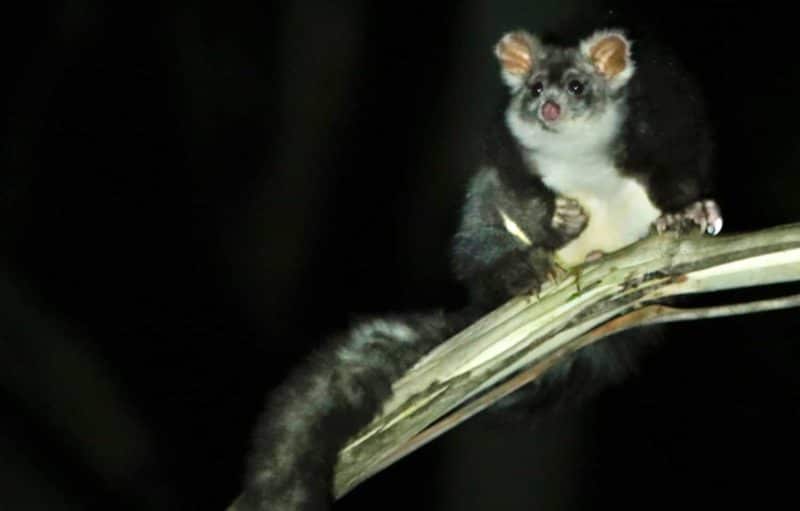Call on your leaders to protect our precious Greater Gliders.
Greater Gliders have just been moved from vulnerable to endangered on the federal government’s list of threatened species. In practical terms this means they are now one step closer to extinction.
Coming only six years after being listed as vulnerable, this change highlights the rapid (but preventable) decline of this unique creature.
The Andrews Government committed to protecting the Wombat Forest in a national park a year ago, but then expanded forestry and salvage logging in the area.
Protecting the habitat of Victoria’s Greater Gliders is now, more than ever, a matter of urgency.
Call the State Environment Minister Lily D’Ambrosio
- Parliamentary office | phone: (03) 9637 9504
- Use Twitter? Use the below talking points to tweet & tag her here
Call the Premier Daniel Andrews
- Parliamentary office | phone:(03) 9651 5000 *Please note we have reports from the Premier’s office that they are no longer taking phone calls
- Use Twitter? Use the below talking points to tweet & tag him here
Can’t reach them by phone?
 Tips for calling
Tips for calling
– Politely introduce yourself: your full name and the suburb you live in.
– Tell them why you are calling. There are helpful talking points below.
– If they say that they’re unaware of the issue please ask them to make a note anyway.
– If it’s easier or makes you feel more confident, write down what you want to say on paper and practice it a few times.
– It’s impactful to add your own personal touches, stories and connections.
– A staff member might answer the phone. You can talk with them and ask for your concerns to be passed on to the minister.
– Thank the staffer or the minister for their time.
Talking points
- In 2021 your party agreed to legislate the Wombat-Lerderderg National Park. Will you push to have the Wombat Forest protected through legislation this year for everyone, forever, instead of being logged and degraded?
- Wombat Forest is a known hotspot for the Australian Government listed Greater Glider, the largest gliding marsupial in the world! Logging in this important habitat must be halted and the promised park legislated.
- Further removal of remaining standing trees and associated damage from logging machinery will negatively impact to Greater Glider habitat and movement and could result in localised extinctions of some populations.
- Greater Gliders have been moved from vulnerable to endangered on the federal government’s list of threatened species. This change comes only six years after it was first assessed as vulnerable on the national threatened species list – highlighting the rapid decline of this unique creature and the need for urgent action to protect the remaining populations in Victoria’s west.
- The main factors that make the species eligible for listing in the Endangered category are an overall rate of population decline exceeding 50 percent over a 21-year (three generation) period, including population reduction and habitat destruction following the 2019–20 bushfires.
Useful notes from the Federal Government advice
- The main factors that make the species eligible for listing in the Endangered category are an overall rate of population decline exceeding 50 percent over a 21-year (three generation) period, including population reduction and habitat destruction following the 2019–20 bushfires.
- The Greater Glider is particularly sensitive to forest clearance and to intensive timber harvesting. A decline or loss of hollow-bearing trees reduces the numbers of greater gliders in the landscape.
- Greater Glider populations are slow to recover and recolonise burnt sites following fire and may take decades to return , due to the low reproductive rate of the species and its limited dispersal capabilities. Habitat fragmentation can compound the impact of fires by hampering the recolonisation ability of greater gliders.
- Unburnt areas provide critical refuges for greater gliders in regions heavily impacted by fires, as they may be the only areas with the requisite habitat attributes within extensive landscapes for many years.
Suggested links
- Threatened Species Detection Report: Greater Gliders in Wombat Forest
- A greater refuge for Gliders
- New research suggests Greater Gliders are at risk from logging in Wombat forest
Your voice is incredibly important. Thank you for using it to speak our for nature.
 Tips for calling
Tips for calling